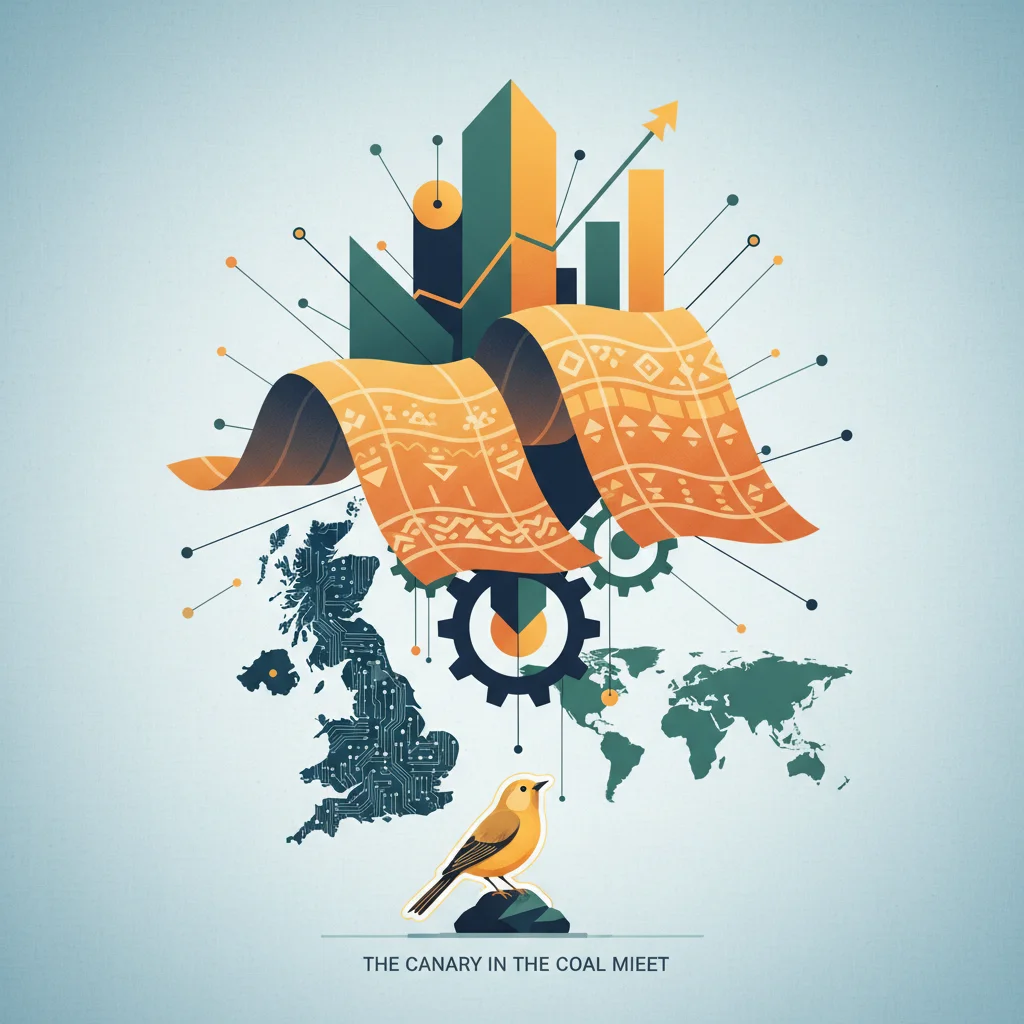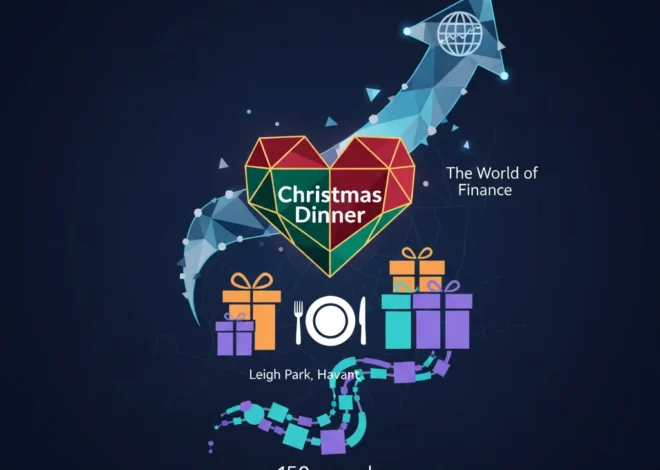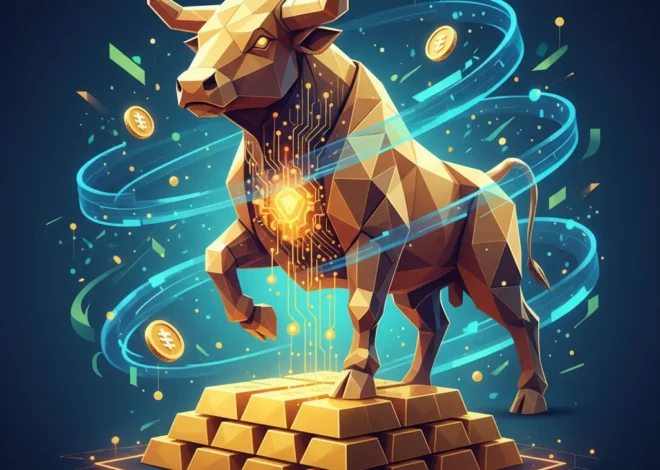
Beyond the Balance Sheet: What a Charity’s Blankets Reveal About the Modern Economy
The Canary in the Coal Mine: When Blankets Become a Leading Economic Indicator
In a seemingly quiet news item, a UK-based charity, Diamond Hampers, announced it was distributing surplus blankets, duvets, and pillows to residents struggling to heat their homes. On the surface, this is a heartwarming story of community support—a simple act of kindness in the face of hardship. However, for astute investors, finance professionals, and business leaders, this small act is anything but simple. It is a potent, ground-level signal—a canary in the coal mine—that reveals deep, structural fissures within our global economy and points toward the future of responsible investing and corporate strategy.
The act of a charity providing basic warmth is not merely a social issue; it is a direct consequence of macroeconomic forces, a reflection of corporate supply chain dynamics, and a powerful call to action for the next generation of financial technology. To dismiss this as just a “charity story” is to miss a crucial data point. It’s an indicator that speaks volumes about inflation’s real-world impact, the growing importance of the “S” in ESG (Environmental, Social, and Governance), and the immense opportunity for innovation at the intersection of finance and social good. This article will deconstruct this single event, revealing its profound implications for the stock market, corporate governance, and the disruptive potential of technologies like fintech and blockchain.
Decoding the Signal: The Macroeconomic Pressures Behind the Need for Warmth
The work of Diamond Hampers is a direct response to a stark economic reality: a cost-of-living crisis fueled by persistent inflation and volatile energy markets. For years, central banks around the world have been engaged in a delicate balancing act. Following the 2008 financial crisis and the COVID-19 pandemic, unprecedented monetary stimulus was injected into the global system. While necessary, this, combined with geopolitical disruptions and supply chain bottlenecks, has led to inflationary pressures not seen in decades.
For the average household, this isn’t an abstract concept discussed in economic forums; it’s a tangible squeeze on disposable income. According to the UK’s Office for National Statistics, the Consumer Prices Index including owner occupiers’ housing costs (CPIH) rose by 3.8% in the 12 months to March 2024 (source). While this is a decrease from previous highs, the cumulative effect on household budgets remains significant. Energy prices, in particular, have been a major driver of this pressure, forcing families to make agonizing choices between heating and other essentials. This is the environment in which a simple blanket transitions from a household good to a critical piece of infrastructure for survival. For investors, this is a clear signal of reduced consumer spending power on discretionary goods, impacting retail and consumer-facing sectors on the stock market.
The response from institutions like the Bank of England or the Federal Reserve has been to raise interest rates—a blunt but necessary tool to cool the economy. This, however, creates a second-order impact, increasing the cost of mortgages and loans, further constricting household finances. This complex interplay of monetary policy, global energy markets, and household economics is the fertile ground from which the need for organizations like Diamond Hampers grows.
Climate Clash at COP30: How Geopolitical Tensions Could Reshape Global Finance
From Corporate Philanthropy to ESG: The Evolving Role of Business
The story also highlights another critical element: the source of the aid. The term “surplus” blankets implies an inefficiency or an excess in the commercial supply chain. This surplus could originate from overproduction, canceled corporate orders, or minor defects that prevent retail sale. In a traditional model, this might become waste. In a modern, socially-conscious framework, it becomes an asset for social good.
This is where the conversation shifts from traditional Corporate Social Responsibility (CSR) to the more robust and data-driven world of ESG investing. CSR was often siloed, a function of the marketing or HR department. ESG, conversely, posits that a company’s management of environmental, social, and governance factors is fundamental to its long-term financial performance and viability. A company that donates its surplus goods is not just being charitable; it is demonstrating efficient inventory management, reducing waste (Environmental), and supporting its community (Social)—all factors that a sophisticated ESG investor would analyze.
The growth of this investment philosophy is staggering. A 2023 report noted that while facing some political headwinds, the demand for sustainable investment funds remains strong, with global ESG assets projected to surpass $40 trillion (source). Investors are increasingly recognizing that companies with strong ESG credentials often exhibit better operational performance, lower risk profiles, and greater resilience during economic downturns.
Below is a comparison of the old model of philanthropy versus the integrated ESG approach that modern business leaders and investors should consider:
| Aspect | Traditional CSR / Philanthropy | Integrated ESG Strategy |
|---|---|---|
| Motivation | Reputation management, “giving back,” often disconnected from core business. | Risk management, long-term value creation, operational efficiency. |
| Implementation | Siloed in a specific department (e.g., a corporate foundation). | Integrated across all business functions, from supply chain to finance. |
| Measurement | Dollars donated, volunteer hours. | Material financial impacts, key performance indicators (KPIs), carbon footprint reduction, employee retention rates. |
| Investor View | Viewed as an expense, a “soft” metric. | Viewed as a core component of risk analysis and a driver of sustainable returns. |
The Technology Catalyst: Amplifying Impact with Fintech and Blockchain
The final, and perhaps most forward-looking, layer of this analysis involves the role of technology. The operational challenges faced by charities like Diamond Hampers—logistics, fundraising, financial management, and donor transparency—are precisely the problems that modern financial technology is built to solve.
Fintech platforms can revolutionize charitable giving and NPO management. Beyond simple crowdfunding sites, new platforms offer micro-donation capabilities, round-up services linked to daily trading or spending accounts, and automated financial management tools for non-profits. This improves the efficiency of the banking and administrative backbone of these organizations, ensuring more of every dollar donated goes directly to the cause. Furthermore, fintech applications can help the very people these charities serve by providing access to digital banking, budgeting tools, and platforms that simplify access to government support, fostering financial inclusion and resilience.
However, the most disruptive technology in this space could be blockchain. One of the biggest hurdles for charities is donor trust. Where does the money actually go? How can one be sure their donation of a blanket reached a person in need? Blockchain, with its immutable and transparent ledger, offers a groundbreaking solution. Imagine a “Track-the-Blanket” initiative built on a blockchain:
- A corporation registers its surplus inventory on a distributed ledger.
- A donor contributes funds via a crypto or fiat transaction, which is recorded on the chain.
- The charity uses these funds to transport the goods, with every expense logged transparently.
- When a blanket is distributed, the recipient (or a charity worker) confirms receipt via a simple mobile app, creating a final, verifiable entry on the blockchain.
This creates an unbroken, auditable chain of custody that could fundamentally change the landscape of philanthropy, moving it from a faith-based system to a verification-based one. This level of transparency could unlock new waves of institutional and retail investing into the social sector. As noted by organizations exploring this technology, blockchain can enhance transparency and efficiency in humanitarian aid (source), building the trust needed to scale impact.
The Canary in the Coal Mine: What a Struggling Food Bank Reveals About the Broader Economy
A New Paradigm for a Resilient Economy
What begins with a blanket ends with a blueprint for a more resilient and responsible economic future. The story of Diamond Hampers is not an isolated event but a microcosm of our interconnected world. It shows us that the line between social issues and financial performance is dissolving. A struggling populace means a struggling consumer base. An inefficient supply chain is a drain on corporate profits. A lack of trust in institutions, whether charitable or financial, is a systemic risk.
The takeaways for today’s leaders are clear and actionable:
- For Investors: Your analysis must expand beyond traditional financial statements. ESG factors are no longer optional; they are critical indicators of a company’s long-term health and its adaptability to a changing world. A company’s relationship with its community is a leading indicator of its brand strength and risk management capabilities.
- For Business Leaders: Integrate social and environmental considerations into the core of your strategy. View your supply chain not just as a cost center, but as a potential engine for social impact and brand differentiation. Your surplus inventory is not waste; it’s an opportunity.
- For Finance & Tech Professionals: The greatest opportunities for innovation lie in solving real-world problems. The tools of high finance, trading, and financial technology can be harnessed to create systems that are not only profitable but also profoundly impactful, building the transparent and efficient financial infrastructure the social sector desperately needs.
Clash of Titans: Why Switzerland's Regulatory War on UBS Could Backfire
Ultimately, the need for a charity to provide basic warmth is a powerful reminder that the health of our economy cannot be measured by GDP growth or stock market indices alone. It is measured in the well-being of its people. The path forward requires a new synthesis of economic policy, corporate responsibility, and technological innovation—a paradigm where the value of a blanket is understood not just by its price tag, but by the complex web of financial and social systems it represents.


